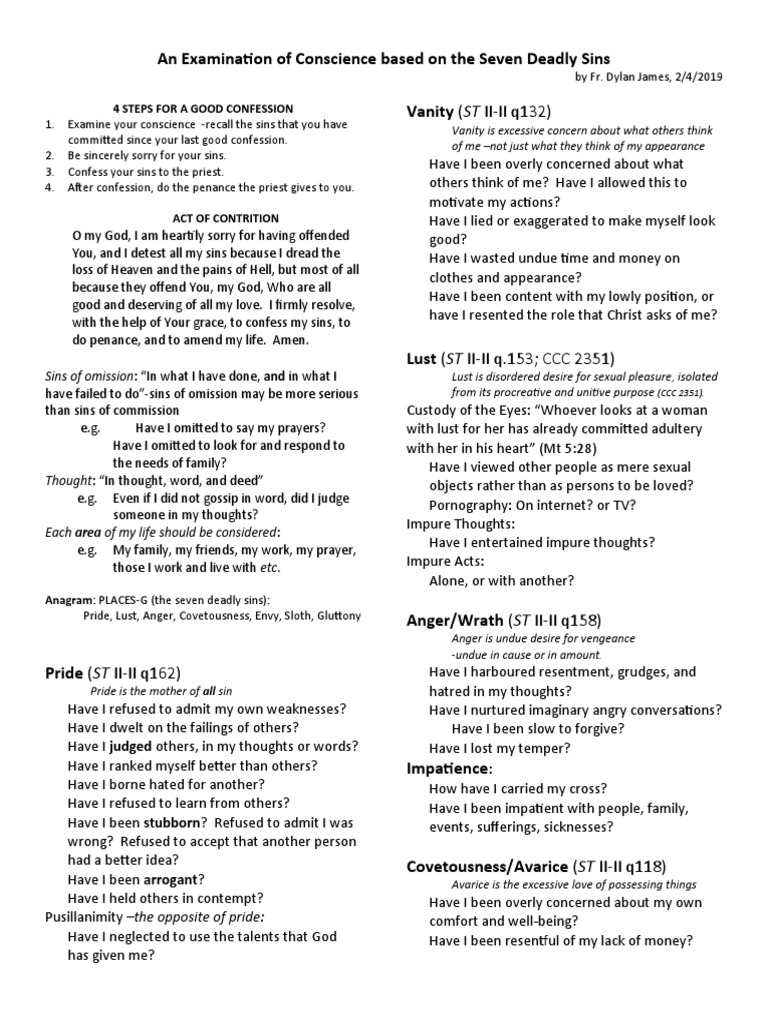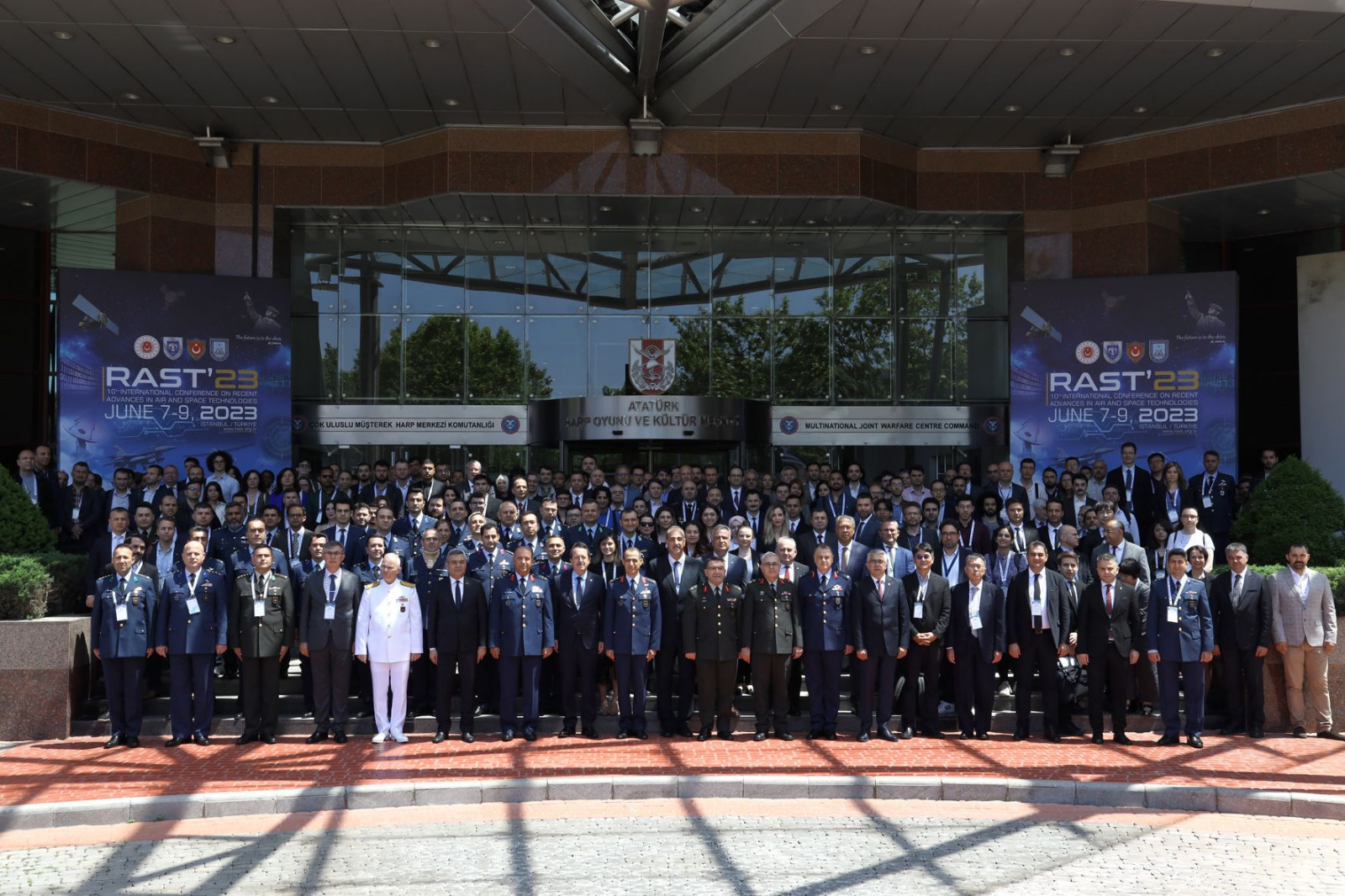The Hells Angels: An In-Depth Examination

Table of Contents
History and Origins of the Hells Angels
The Hells Angels' story begins in 1948, in the post-war boom of California. Founded by a group of World War II veterans, including Arvid Olson and Frank “Otto” Sadilek, the club initially held loose ties and a less structured identity than the organization it would later become. These early Hells Angels biker gangs were drawn together by a shared love of motorcycles and a rebellious spirit, finding camaraderie in the open road and a sense of brotherhood absent in their post-war civilian lives. Their early activities centered on motorcycle rallies and runs, but the group rapidly evolved and expanded. The club's expansion wasn't always peaceful; territorial disputes and conflicts with rival motorcycle clubs were frequent, shaping the Hells Angels' reputation for violence and aggression.
- Key Milestones in Hells Angels History:
- Early years (1948-1960s): Establishment of the club, early conflicts, and growing notoriety.
- The rise of Sonny Barger: Barger's leadership solidified the club's structure and national presence.
- 1960s counter-culture: Association with the counter-culture movement and subsequent media attention.
- Expansion into international territories: Establishing chapters across the globe, impacting local dynamics.
- Numerous legal battles: Facing multiple charges related to organized crime and violent acts.
The Hells Angels' history reflects a journey from a loose-knit group of motorcycle enthusiasts to a highly structured global organization with a complex and often violent legacy. Understanding this evolution is crucial to comprehending the club's present-day character.
Club Structure and Hierarchy
The Hells Angels boast a rigidly hierarchical structure, reflecting a military-like organization. This structure, crucial to maintaining control and discipline, extends from individual chapters to a complex international network.
-
Levels of Hierarchy:
- Prospects: Individuals seeking membership, undergoing a probationary period.
- Members (Full Patches): Full-fledged members, having completed the initiation process.
- Chapter level: Individual chapters function as semi-autonomous units within the larger organization.
- Regional leadership: Chapters report to regional leaders responsible for coordinating activities within their territory.
- National and International levels: Supreme authority rests with national or international leaders, maintaining overall control and coordination.
-
Key Roles:
- President: The leader of a chapter or regional group.
- Vice President: The second-in-command.
- Sergeant-at-Arms: Responsible for enforcing club rules and maintaining discipline.
- Treasurer: Manages the club’s finances.
This intricate structure, characterized by strict rules, loyalty oaths, and elaborate initiation rites, facilitates the coordinated actions often associated with alleged Hells Angels criminal activities.
Criminal Activities and Allegations
The Hells Angels have a long and well-documented history of alleged involvement in criminal activities. It is crucial to emphasize that accusations do not equal convictions, but a significant body of evidence links the club to various illicit operations. Allegations of drug trafficking, extortion, violence, and racketeering have consistently plagued the organization. High-profile cases and investigations have shed light on alleged internal operations and vast criminal enterprises.
- Examples of Alleged Criminal Activities:
- Drug trafficking, specifically methamphetamine distribution, is widely alleged.
- Extortion and protection rackets, targeting businesses and individuals.
- Violent clashes with rival gangs and law enforcement.
- Money laundering and other financial crimes.
While the Hells Angels maintain a staunch denial of any organized criminal activities, the sheer volume of allegations warrants careful consideration and highlights the complexities of their relationship with the law.
The Hells Angels' Public Image and Media Portrayal
The Hells Angels’ public image is largely shaped by media portrayals, often depicted as ruthless criminals or romanticized rebels. This duality complicates public perception, influenced heavily by the sensationalism inherent in many media outlets. The club itself has attempted to control its image, sometimes through carefully orchestrated public relations efforts. However, the history of alleged crimes and violent incidents casts a long shadow.
- Examples of Media Portrayals:
- Films often portray the club members as violent criminals.
- Documentaries may attempt to present a more balanced view, but often struggle to overcome the prevailing narrative.
- News reports frequently highlight criminal allegations, reinforcing negative perceptions.
The challenges of accurately portraying the Hells Angels highlight the difficulties of separating fact from fiction and the power of media to shape public opinion.
Hells Angels Motorcycle Culture and Lifestyle
Beyond the controversies, the Hells Angels cultivate a distinctive motorcycle culture and lifestyle. The motorcycle itself is central to their identity, embodying freedom, rebellion, and brotherhood. This communal aspect, marked by strong loyalty and shared experiences, forms a significant part of their appeal. Specific rituals, traditions, and symbolism further strengthen their bond.
- Elements of Hells Angels Culture:
- The iconic "Death Head" logo and other club patches serve as powerful symbols of identity.
- Motorcycle rallies and runs provide opportunities for socialization and camaraderie.
- Tattoos represent membership and dedication to the club’s values.
- A strong emphasis on brotherhood and loyalty binds members together.
This unique subculture plays a crucial role in the club's cohesion and attracts individuals seeking a sense of belonging and shared identity.
Conclusion
The Hells Angels Motorcycle Club represents a multifaceted organization with a complex and often contradictory history. From their origins as a post-war motorcycle club to their current global presence, the Hells Angels’ evolution reflects a journey marked by both camaraderie and alleged criminal activity. While their unique culture and brotherhood provide a strong sense of belonging for many members, the allegations of extensive criminal activity demand critical analysis and understanding. It’s crucial to approach the topic with a balanced perspective, considering the numerous perspectives and avoiding simplistic generalizations. Learn more about the Hells Angels and delve deeper into the world of this enigmatic motorcycle club to form your own informed opinion. Explore the complexities of the Hells Angels Motorcycle Club and contribute to a more nuanced understanding of this fascinating and controversial group.

Featured Posts
-
 Mercedes Performance Boost George Russells Critical Decision
May 25, 2025
Mercedes Performance Boost George Russells Critical Decision
May 25, 2025 -
 Toto Wolff Responds To George Russells Underrated Claims
May 25, 2025
Toto Wolff Responds To George Russells Underrated Claims
May 25, 2025 -
 Uefa Nin Real Madrid E Yoenelik Sorusturmasi Son Gelismeler Ve Analiz
May 25, 2025
Uefa Nin Real Madrid E Yoenelik Sorusturmasi Son Gelismeler Ve Analiz
May 25, 2025 -
 1 2 Atletico Madrid In Sevilla Zaferi Mac Oezeti Ve Istatistikler
May 25, 2025
1 2 Atletico Madrid In Sevilla Zaferi Mac Oezeti Ve Istatistikler
May 25, 2025 -
 A Successful Escape To The Country Tips For A Smooth Transition
May 25, 2025
A Successful Escape To The Country Tips For A Smooth Transition
May 25, 2025
